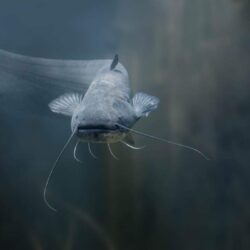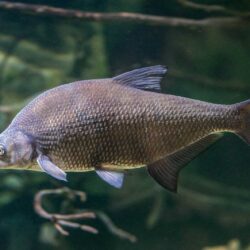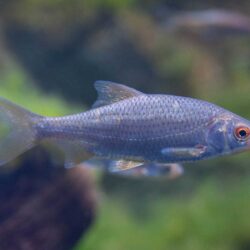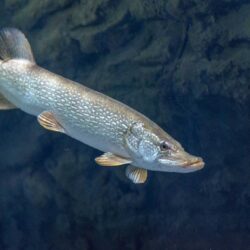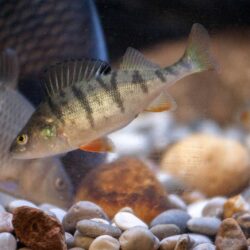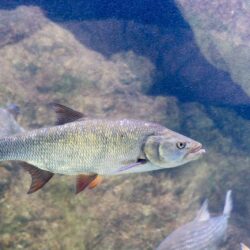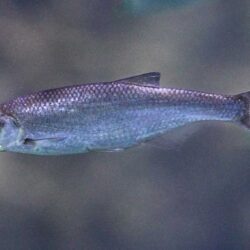Lower course
In the lower river course, the riverbed is wide and deep, water flows slowly, and summer water temperatures can reach up to 25°C. This part of the watercourse is ornamented by aquatic plants, like the water lilies, which are rooted in the river bed, while the leaves and flowers develop on the water surface. The bottom is sandy and silty, allowing for the development of specific invertebrate communities, such as molluscs and oligochaetes. The main characteristic of the fish from the lower course is that, unlike the fish from the upper course, they do not require great concentrations of oxygen.
A river can end in three different ways: it can drain into a larger body of water (river or lake), it can sink under the ground, or it can drain into the sea. Where it drains into the sea, the water is brackish with variable salinity, which depends on the size and slope of the river, and the sea movements.
